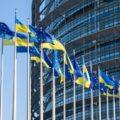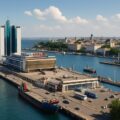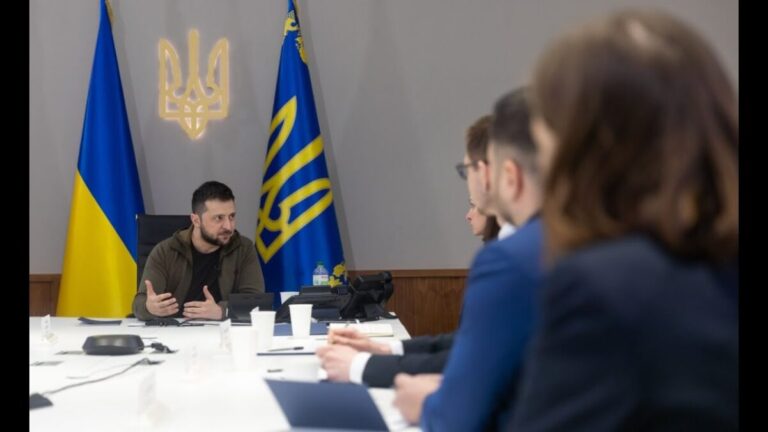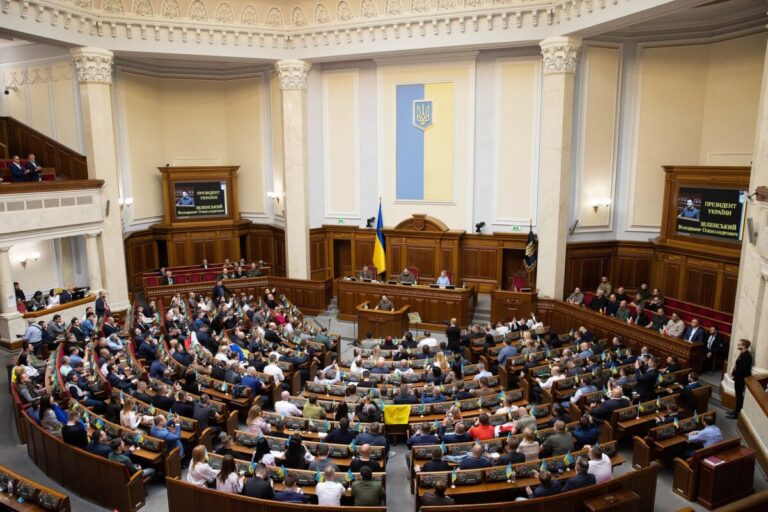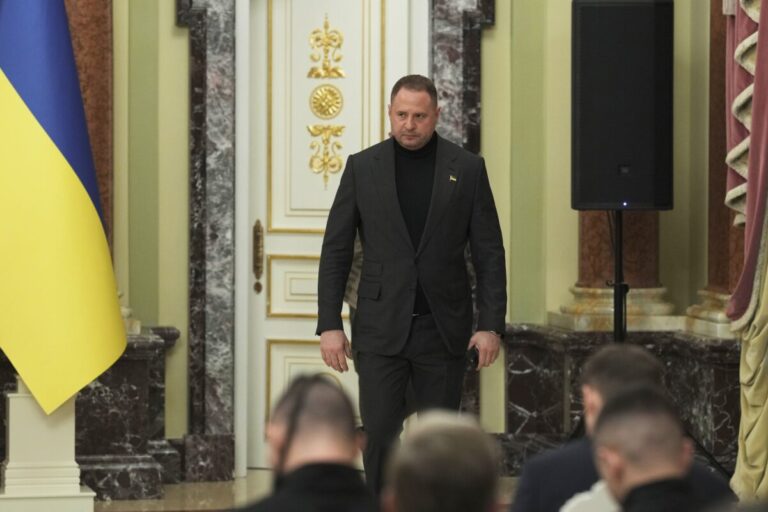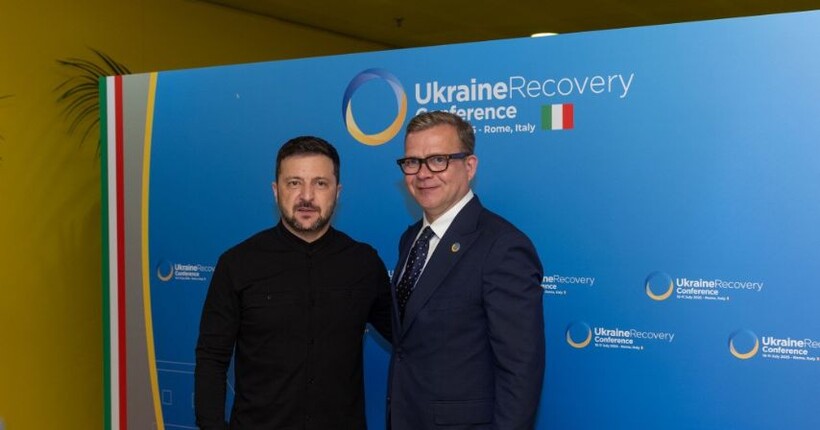
Ukraine’s Recovery: How Europe Is Shaping a New Support Order and What Changes for Ukraine Itself
July 2025 has become a pivotal moment for Kyiv and the whole country a test of both Ukraine’s future ambitions and the resilience of European solidarity. In Berlin, the major Ukraine Recovery Conference brought together not just talks of billions, but a vision for a renewed Ukraine, new models of international partnership, and mechanisms that promise real changes for those living through war.
When Volodymyr Zelenskyy met with Ursula von der Leyen and António Costa, his gratitude was more than a formality it was grounded in the true cost of support. The European Commission and European Council officially announced a new aid package worth over €2 billion. The amount is significant, but what matters more is how these funds will be used. This is not just about financing projects; it’s about attracting private and public investors, creating a multiplier for tens of billions of euros in rebuilding and modernizing the country.
For the first time, we’re seeing the launch of a comprehensive European Flagship Fund for Ukraine’s reconstruction, developed with the European Investment Bank, France, Germany, Italy, and Poland. This is no longer short-term emergency assistance but a long-term financial architecture for the years ahead.
Eurointegration: Negotiations and Reality
Ukraine remains firmly on its path to the EU. After the European Council’s decision to begin negotiations, Kyiv declared its readiness to open all negotiating clusters during Denmark’s presidency of the EU Council. However, the reality is more complicated Hungary continues to block progress. This is not a technical detail but a major political challenge, openly acknowledged by Zelenskyy. Denmark’s presidency is an opportunity, but the road is not straightforward.
A key focus of the conference was the EU’s 18th package of sanctions against Russia, targeting the Kremlin’s most vulnerable sectors energy and finance. EU leaders emphasized that new restrictions are being prepared, with their effectiveness depending on swift approval and real enforcement. Ukraine, for its part, stresses the need for not only political but also practical support in sanctions policy.
On the sidelines of the conference, Zelenskyy met with Finnish Prime Minister Petteri Orpo. The topics of discussion went beyond defense or humanitarian projects. Finland is launching a cooperation program worth €320 million (2025-2028), which covers school meals, shelter reconstruction, education, and local community support. In addition, Finland and Ukraine are rolling out a new civil protection coalition focused on modernizing bomb shelters.
This is a different level of partnership it’s no longer about “donations” in response to tragedy, but joint planning of safe, functional, humane spaces for Ukrainian children, teachers, and families.
Zelenskyy stressed in Berlin that Ukraine can no longer rely solely on importing defense equipment. The focus is now on joint ventures and launching domestic production of drones and other technology with international partners. Only this approach will allow for a rapid response to the growing threat of Russian-Iranian drones and technologies.
Post List
The Recovery Coalition and the Question of Frozen Russian Assets
One of Zelenskyy’s main ideas is not only to unite countries in a “recovery coalition” but also to use frozen Russian assets to finance a new Ukraine. He speaks about the need for a systematic approach establishing a dedicated fund, a clear financing structure, and transparent criteria for partners. The emphasis: only true friends should be involved in Ukraine’s recovery. This is not just rhetoric there is growing international discussion about utilizing Russian money already frozen in European and American banks.
Ukraine’s recovery is not only an opportunity for the state itself but also for European companies and societies, opening the door to major investments, new markets, and unique experience. Zelenskyy emphasizes: a “Marshall Plan” for Ukraine is not just an analogy it is a real project for a generation, capable of launching a wave of economic growth in Europe itself.
The Berlin conference was not about political declarations or slogans. It marked a transition from emergency aid to systemic cooperation, from discussions about rebuilding to genuine partnership where transparency and strategy matter as much as money. For the first time since the full-scale war began, Ukraine is looking at long-term investment, real planning, and new ways to involve the world.
In this new system, Ukraine is not merely a recipient of aid but an active player and partner. The success of this model will determine not only the recovery of cities and communities, but also the country’s ability to live safely and with dignity now and for decades to come.






